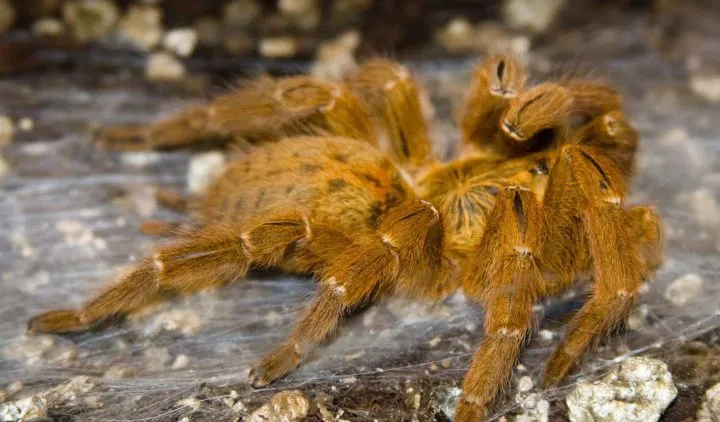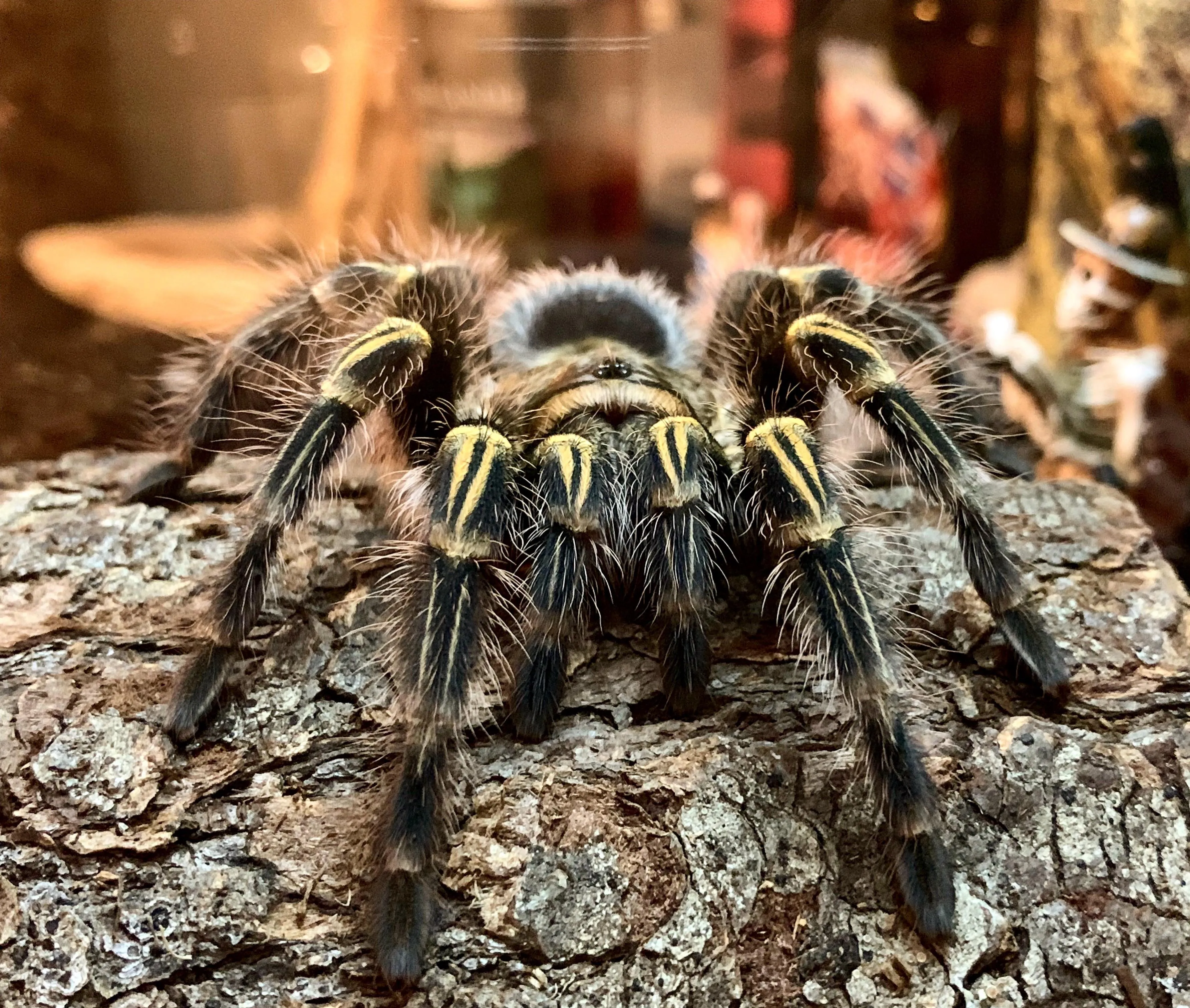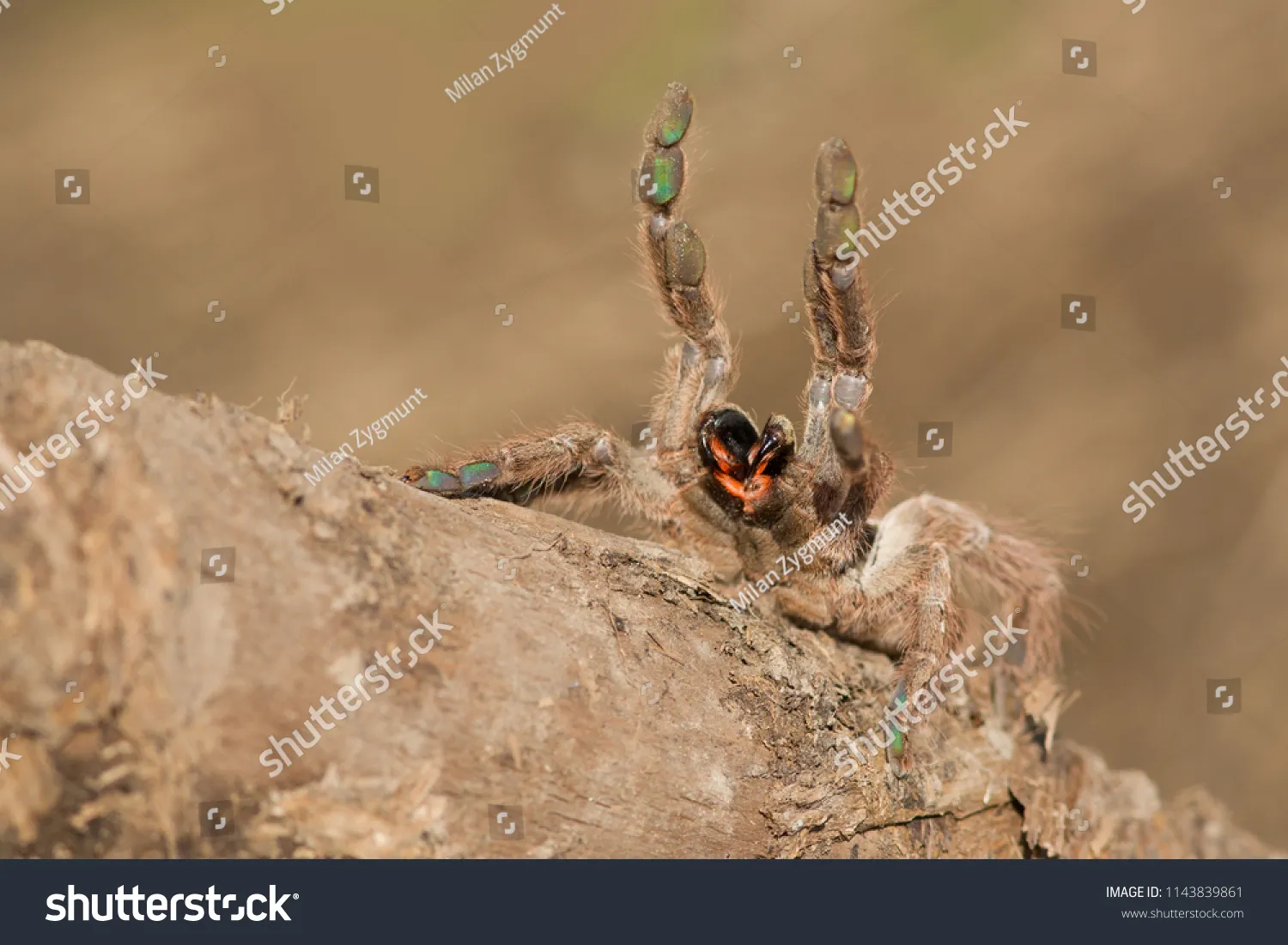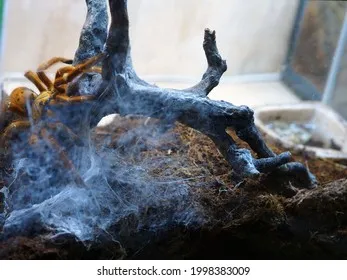What is the Oldest Pet Tarantula?
The world of pet tarantulas is filled with fascinating creatures, and one of the most intriguing aspects is their potential lifespan. When considering the oldest pet tarantula, we delve into the realms of remarkable longevity, proper care, and the specific species that tend to break the records. These arachnids, often kept as pets, can live for surprisingly long periods, far exceeding the lifespans of many other common pets. Their longevity offers a unique bond between owner and pet, making the understanding of their care essential. The title of “oldest” is something every tarantula keeper strives for, a testament to their commitment to providing a healthy and enriching life for their eight-legged companions. This article seeks to unravel the details surrounding the oldest pet tarantulas, their care, and the factors that contribute to their extended lives.
The Oldest Recorded Tarantula
While precise records can be challenging to maintain, the oldest recorded pet tarantula is often cited as a female Brachypelma species, specifically a Brachypelma hamorii (formerly Brachypelma smithi). This remarkable individual reportedly lived for over 40 years in captivity. This extraordinary lifespan highlights the potential of tarantulas to live for decades when provided with optimal care and suitable environmental conditions. This longevity is a significant draw for many hobbyists, who appreciate the long-term commitment involved in owning these creatures.
Species Identification

Identifying the species is crucial, as some tarantula species are known to live longer than others. Brachypelma species, known for their docile temperaments and vibrant colors, are among the longest-lived. Other species, like those from the Grammostola genus, are also known for their impressive lifespans. Accurate species identification is essential because different species have specific care requirements. Understanding the particular needs of each species, from enclosure size and humidity levels to diet and temperature, is critical for their health and longevity. Correct identification enables owners to provide the best possible care, increasing the chances of their tarantula living a long, healthy life.
5 Amazing Facts About Oldest Pet Tarantula
The world of the oldest pet tarantula is packed with incredible facts. These fascinating creatures often surprise even the most experienced hobbyists. From their remarkable lifespans to their unique behaviors, tarantulas offer a glimpse into the extraordinary diversity of the animal kingdom. Here are five amazing facts that highlight the wonders of these arachnids.
The Oldest Tarantula Lived How Long?
As mentioned earlier, the oldest recorded tarantula lived for over 40 years. This is an extraordinary feat, considering the average lifespan of many other pets. This longevity is a result of factors like excellent care, a stable environment, and the specific species of tarantula. The ability of tarantulas to thrive for so long underscores the importance of providing them with the proper living conditions and attentive care throughout their lives. It is not just about their physical needs but also about their emotional well-being and the avoidance of stressors that can impact their lifespan. This remarkable longevity is a testament to their adaptability and resilience.
What is the Name of the Oldest Tarantula?

While it is difficult to know the name of the oldest tarantula with certainty, many keepers of long-lived tarantulas give them names, often reflecting their personalities or appearances. These names create a sense of connection and help owners develop a deeper bond with their pets. The exact name of the oldest tarantula is often lost to history, but the stories of these long-lived creatures live on in the memories of those who cared for them.
What Species Live the Longest?
Certain species of tarantulas are known for their extended lifespans. Brachypelma species, like Brachypelma hamorii, and Grammostola species are among the longest-lived. Females typically live significantly longer than males. The care provided by their owners, along with the species’ inherent traits, contributes to the duration of their lives. These species are popular choices for pet owners seeking a long-term companion due to their docile temperaments and striking appearances. Furthermore, understanding the specific needs of each species is paramount for providing the best possible care and maximizing their lifespan.
What are the Key Factors that Affect Lifespan?
Several key factors significantly impact a tarantula’s lifespan. These elements revolve around providing an ideal environment, a balanced diet, and preventing disease. By focusing on these factors, keepers can dramatically improve the chances of their tarantulas living long and healthy lives. Understanding and implementing these best practices is crucial for anyone wanting to own these fascinating creatures.
Diet and Nutrition

A proper diet is fundamental to a tarantula’s longevity. Provide a varied diet consisting primarily of insects, such as crickets, roaches, and mealworms. The size of the prey should be appropriate for the tarantula’s size. Overfeeding can be detrimental, leading to health issues. Proper feeding schedules and the right types of food are essential. Supplementing the diet with vitamins and minerals may also be beneficial. Always ensure that any insects fed to the tarantula are gut-loaded with nutritious food. Fresh, clean water should always be available.
Habitat and Environment
The habitat should mimic the tarantula’s natural environment, including appropriate temperature and humidity levels. The enclosure should be of an appropriate size, allowing for comfortable movement and the ability to create a burrow. Substrate materials, such as coconut fiber or peat moss, are essential to maintain humidity and provide a comfortable living space. Regular cleaning of the enclosure is critical to prevent the buildup of harmful bacteria. Keeping the habitat clean and well-maintained is vital for preventing diseases and ensuring the tarantula’s overall health and well-being.
Common Diseases and Prevention
While tarantulas are relatively hardy, they can still be susceptible to certain diseases and health problems. Prevention is key. Ensure that the enclosure is clean and well-ventilated to prevent fungal infections. Monitor the tarantula for any signs of illness, such as lethargy, loss of appetite, or unusual behavior. Provide a stress-free environment by avoiding loud noises and sudden movements near the enclosure. Regular check-ups by an experienced veterinarian familiar with tarantulas are a good practice. Quarantine new tarantulas before introducing them to existing ones to prevent the spread of potential illnesses.
How to Care for an Old Pet Tarantula

Caring for an old pet tarantula requires a delicate balance of knowledge, patience, and attention. Understanding the specific needs of older tarantulas is essential to ensure their comfort and well-being as they age. Adapting to the changing needs of an older tarantula can significantly improve their quality of life and extend their lifespan. These steps will provide a comfortable and healthy environment for your older pet.
Creating the Ideal Enclosure
As tarantulas age, their needs may change. The enclosure setup should reflect these changes. Ensure that the enclosure is appropriately sized, with ample space for movement. Maintain the proper temperature and humidity levels based on the specific species’ needs. Provide a substrate that supports burrowing or provides a comfortable surface. Keep the enclosure clean and free from pests, as older tarantulas may be less resilient to disease. Regular cleaning of the enclosure prevents the buildup of harmful bacteria that could affect the health of your older pet.
Feeding Your Tarantula
Feeding an older tarantula may require some adjustments. Older tarantulas may have a slower metabolism and require less frequent feeding. The size of the prey should be appropriate, and it may be necessary to offer smaller, more easily manageable insects. Observe the tarantula’s eating habits and adjust the feeding schedule accordingly. Avoid overfeeding, as this can lead to health issues. Ensure that fresh, clean water is always available. A balanced diet, carefully tailored to the individual needs of the tarantula, is crucial for its health.
Providing Water and Humidity

Maintaining proper humidity is crucial for the health of an older tarantula. This prevents dehydration and assists with molting. Monitor humidity levels using a hygrometer and adjust as needed. Provide a shallow water dish with fresh water available at all times. Misting the enclosure with water can help maintain the required humidity. Proper humidity ensures that the tarantula’s skin remains supple and that its overall health is maintained. The right humidity levels are critical for the tarantula’s well-being as they age.
In conclusion, the journey of owning the oldest pet tarantula is a testament to responsible pet ownership. It is about providing an enriched and healthy life. It involves understanding their unique needs, ensuring the right environment, and recognizing the signs of aging. By following the guidelines outlined, owners can help their tarantulas thrive and enjoy a long, fulfilling life. This commitment creates a special bond and provides a glimpse into the remarkable lives of these fascinating creatures.
